We often think that a USB flash drive is just a USB flash drive. And yet there’s a huge gap between the old 2.0s, which struggle to copy a video, and the new 3.2s, which transfer a 4K movie in a matter of seconds. Add to that USB-C connectors, double-headers and encrypted models, and it’s easy to get lost. In this article, I’ll explain how to choose a reliable, fast USB flash drive that’s compatible with all your devices for everyday, professional or nomadic use.
What are the different types of USB flash drive?
Between the old USB-A ports, the recent USB-C connectors and Apple’s own Lightning models, USB flash drives today come in a variety of formats. Each type corresponds to a different generation of device and a different level of performance. So, before choosing your key, it’s essential to understand the main types of USB connectors, so you know which ones are compatible with your equipment.
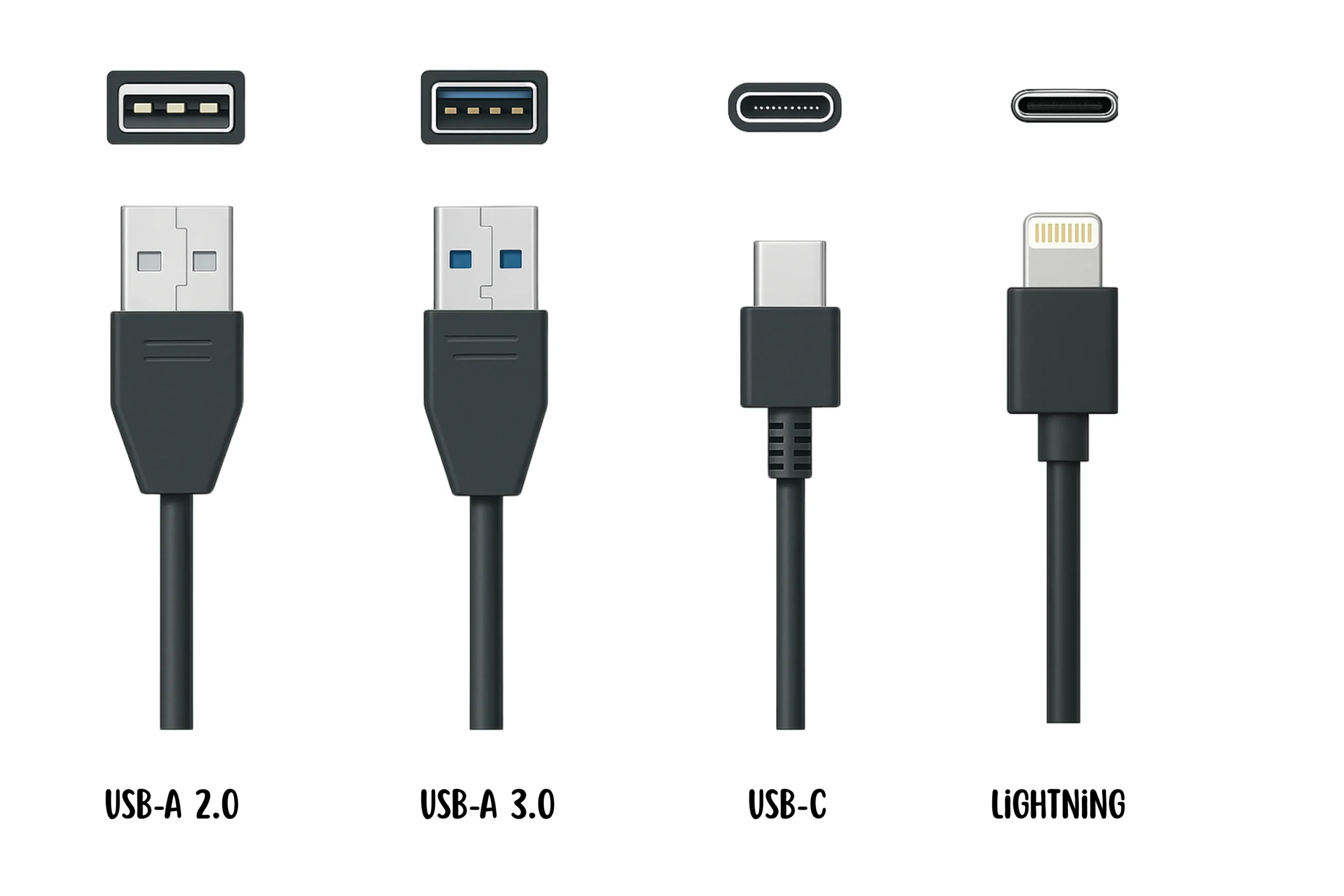
Discover our comparison of the best USB flash drives in 2025.
USB Type-A: the historic connector still alive and well
The USB Type-A port is probably the most familiar to most users. Present on computers since the late 1990s, it has long been the universal standard for connecting a USB stick, mouse, keyboard or external drive. Its rectangular shape is unmistakable, even if it has a well-known flaw: it only plugs in one way. Who hasn’t tried three times to insert it correctly?
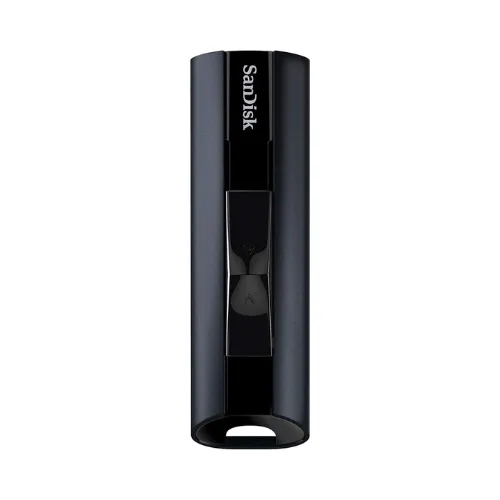
Editor's Verdict :
Une clé USB presque parfaite, idéale pour les professionnels mais dont le prix pourrait rebuter certains utilisateurs grand public.
Highlights :
Drawbacks :
Buy at the Best Price on Amazon
Amazon est une marque partenaire d’Assistouest pour vous proposer les meilleurs produits au meilleur prix.
Despite the arrival of Type-C, USB-A is still widely used on PC towers, TVs, car radios and many peripherals. It is still the most widely used connector in the world.
In terms of appearance, one detail often distinguishes the generation from the port:
- Metallic gray for USB 2.0 models, limited to speeds of around 60 MB/s.
- Electric blue for USB 3.0 and higher models, capable of speeds of several hundred Mb/s.
Sturdy, easy to use and compatible with most equipment, Type-A remains the benchmark for USB ports today, even if its successor, USB-C, is gradually taking over.
USB Type C: the new standard for all devices
The USB Type-C connector has established itself as the new standard in the digital world. Smaller, reversible and capable of transferring data at very high speeds, it has gradually replaced the old ports on the majority of modern devices: smartphones, tablets, laptops and even game consoles.
USB-C seduces with its practical format, but above all with its performance. It can achieve very high transfer speeds, provide a powerful power supply of up to 240 watts and transmit high-definition video, depending on compatible devices. This versatility makes it the most complete and durable connector on the market today.
Many recent USB flash drives feature dual USB-A and USB-C connectors. This hybrid solution makes it easy to switch from computer to smartphone without an adapter, while guaranteeing maximum compatibility.
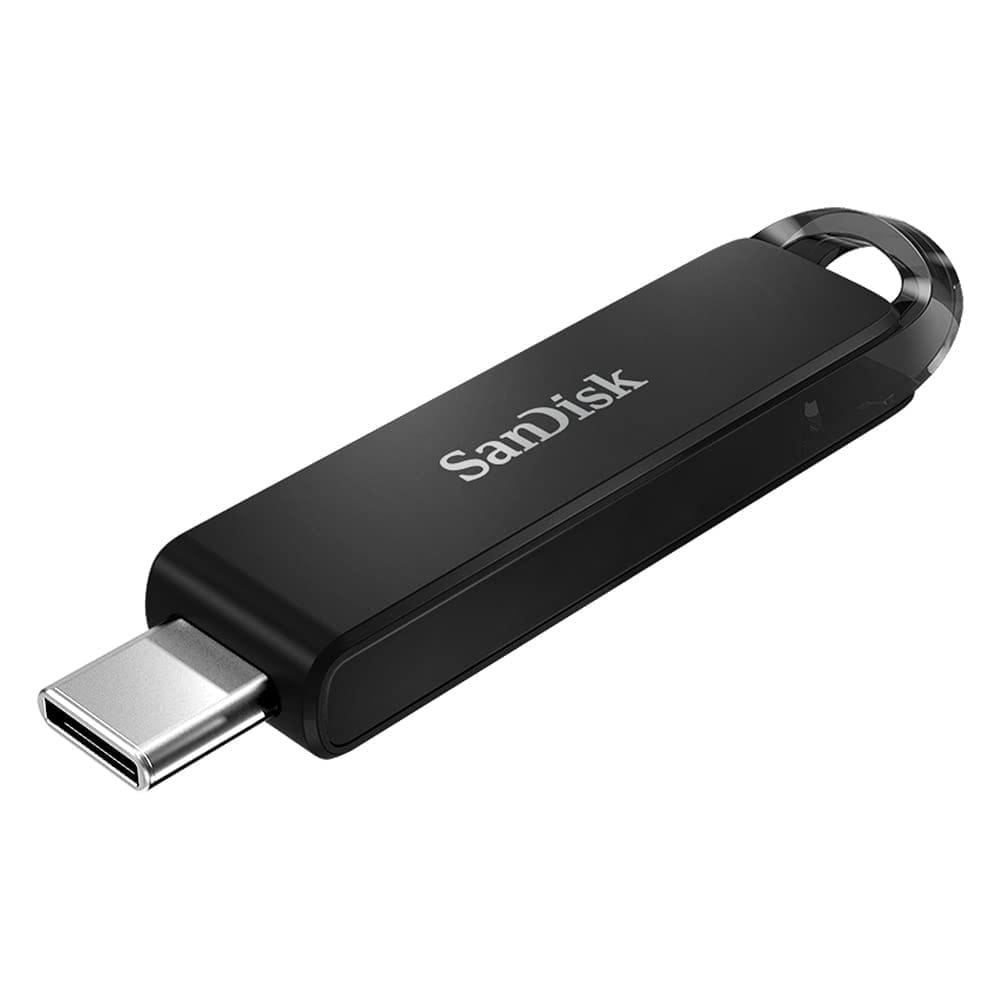
In 2022, the European Union has made USB-C the mandatory universal port for all smartphones and tablets sold on the continent. This decision aims to simplify device use while reducing electronic waste linked to the multiplication of cables.
USB Lightning: Apple’s old standard up to iphone 15
The USB Lightning connector has long been a symbol of the Apple ecosystem. Launched in 2012 with the iPhone 5, it replaced the large 30-pin connector found on earlier models. Its compact size, reliability and reversible design quickly won over users.
For over a decade, Lightning has been present on most of the brand’s products: iPhone, iPad, AirPods and official accessories. Its popularity was based on its robustness and the consistency it brought to the Apple ecosystem.
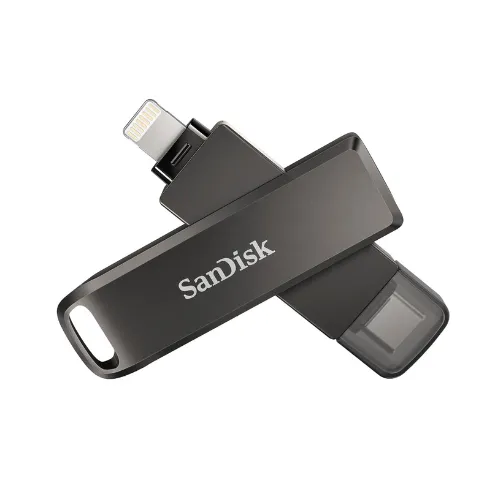
Editor's Verdict :
La SanDisk iXpand Flash Drive Luxe est une excellente solution pour les utilisateurs d'iPhone et d'Android qui souhaitent gérer facilement leur stockage sans dépendre du cloud.
Highlights :
Drawbacks :
Buy at the Best Price on Amazon
Amazon est une marque partenaire d’Assistouest pour vous proposer les meilleurs produits au meilleur prix.
But those days are coming to an end. With the release of the iPhone 15, Apple has turned the page on Lightning in favor of the USB-C port, a change motivated by the new European regulation of 2022 imposing a universal connector for all mobile devices. This transition marks a major turning point for the Apple brand and for consumers, who will now be able to use a single cable to recharge and transfer data between their various devices.
Apple’s adoption of USB-C not only signals the end of Lightning, it also symbolizes the gradual unification of digital standards, a development that benefits both users and the environment.
What’s the difference between a USB 2.0 and a USB 3.0 flash drive?
When we buy a USB flash drive, we often come across references such as USB 2.0, USB 3.0 or USB 3.2. These names don’t refer to the connector format, but to the transfer speed and technology used.
USB 2.0 is still widely compatible and sufficient for light files, but its limited transfer speeds soon become apparent when handling videos or large files. Versions 3.0 and higher offer much faster transfers and better power management, making them ideal for regular or professional use.
| Version USB | Slogan | Nom marketing | Bande passante | Vitesse de transfert de données (Mo/s) |
|---|---|---|---|---|
| USB 1 | 1.0 | USB 1.0 | 1.5 Mbps | 0.192 Mo/s |
| 1.1 | Full Speed USB | 12 Mbps | 1.5 Mo/s | |
| USB 2 | 2.0 | High-Speed USB | 480 Mbps | 60 Mo/s |
| USB 3 | 3.0 | SuperSpeed USB | 5 Gbps | 640 Mo/s |
| 3.1 Gen 1 | SuperSpeed USB | 5 Gbps | 640 Mo/s | |
| 3.1 Gen 2 | SuperSpeed+ USB | 10 Gbps | 1280 Mo/s | |
| 3.2 Gen 2×2 | SuperSpeed+ USB | 20 Gbps | 2560 Mo/s | |
| USB 4 | 4.0 | USB4 | 20 / 40 Gbps | 2560 / 5120 Mo/s |
| 4.1 | USB4 | 20 / 40 Gbps | 2560 / 5120 Mo/s | |
| 4.2 | USB4 Version 2.0 | 80 Gbps | 10240 Mo/s |
Recent USB flash drives are backwards compatible: a USB 3.0 flash drive will work on an old computer equipped with USB 2.0 ports, but the speed will then be limited to that of the port. On newer hardware, it will exploit its full potential.
Our practical tips for using your USB flash drive
A good USB flash drive doesn’t necessarily guarantee good performance if it’s misused. A few simple reflexes can extend its lifespan and avoid unpleasant surprises.
To start with, opt for a USB 3.2 or USB-C flash drive if your device allows it. These models offer much higher read and write speeds than older generations, and are ideal for transferring large files quickly.
Storage capacity: how much space do you need?
Le second critère est bien sûr la capacité de la clé USB. Les clés USB sont disponibles dans des tailles allant de 8 Go à plus de 1 To aujourd’hui. Mais quelle capacité choisir ? Cela dépend de l’usage que vous en ferez :
- 16 GB to 32 GB: Perfect for basic use, such as storing documents, photos or a few videos.
- 64GB to 128GB: Ideal for those transferring larger files such as HD video or software.
- 256GB to 1TB: If you handle very large files (4K videos, professional projects), this is the capacity you need.
Above 1TB capacity, we recommend investing in an external hard drive or SSD rather than a USB flash drive.
The file format
Before using the key for the first time, it may be useful to format it to suit your needs.
- NTFS: The native Windows format, fast and reliable for use on PCs and laptops. It manages large files and access rights, but remains read-only on macOS without any specific extension.
- exFAT: The best option for large files (videos, archives, ISO images). Compatible with most recent systems and with no file size limit.
- APFS: Apple’s modern format, designed for macOS and SSDs. Perfect for exclusive use on a Mac, but not compatible with Windows without a third-party utility.
- FAT32: The most universal, compatible with Windows, macOS, Linux, TVs and consoles. Ideal for exchanging files between several devices, but limited to files up to 4 GB.
Remember also to eject the key safely before removing it. This step prevents data corruption and unreadable files. Even if it’s a quick gesture, it prevents the majority of problems encountered with USB flash drives.
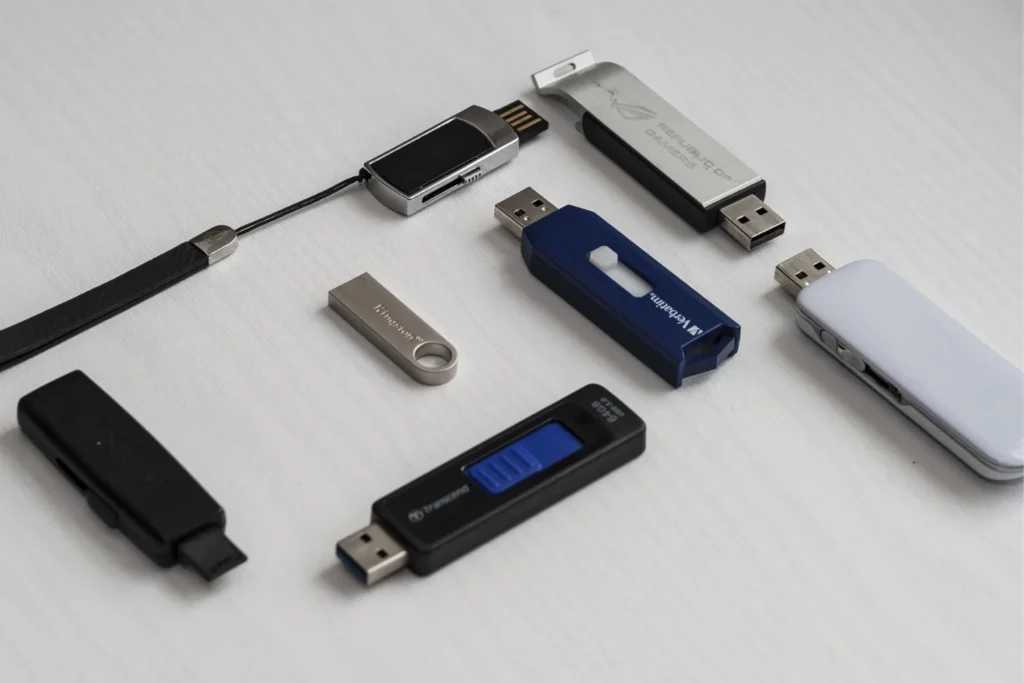


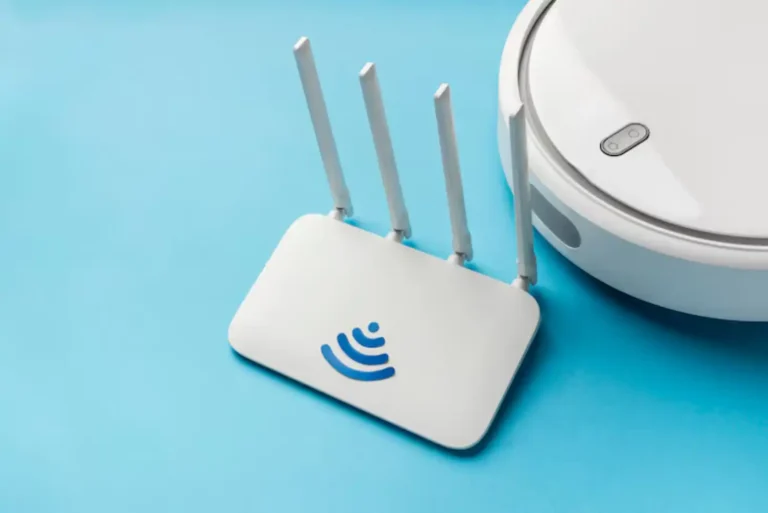







Be the first to start the discussion!